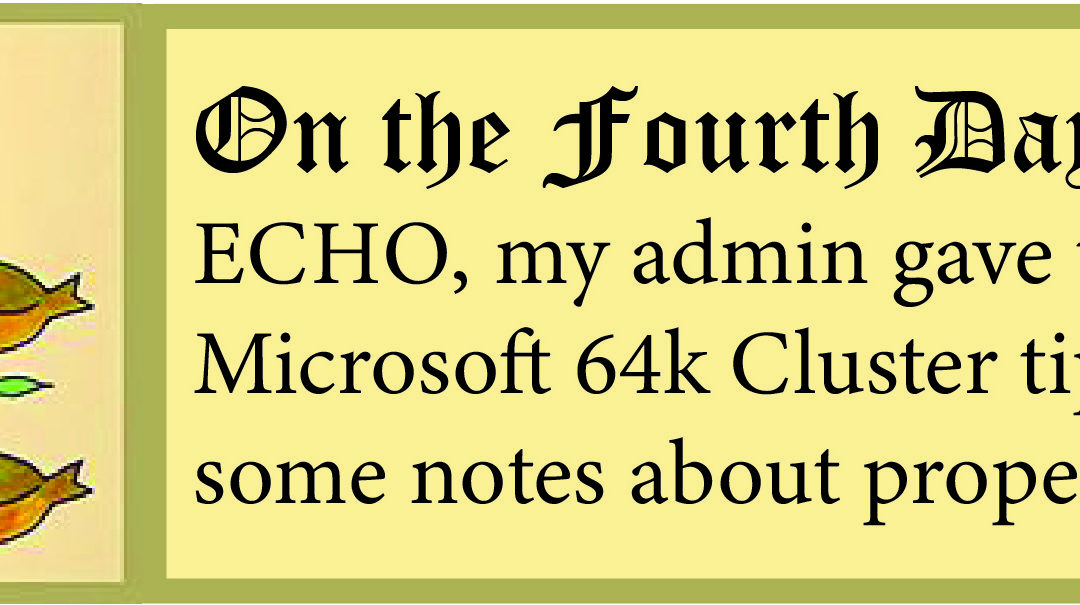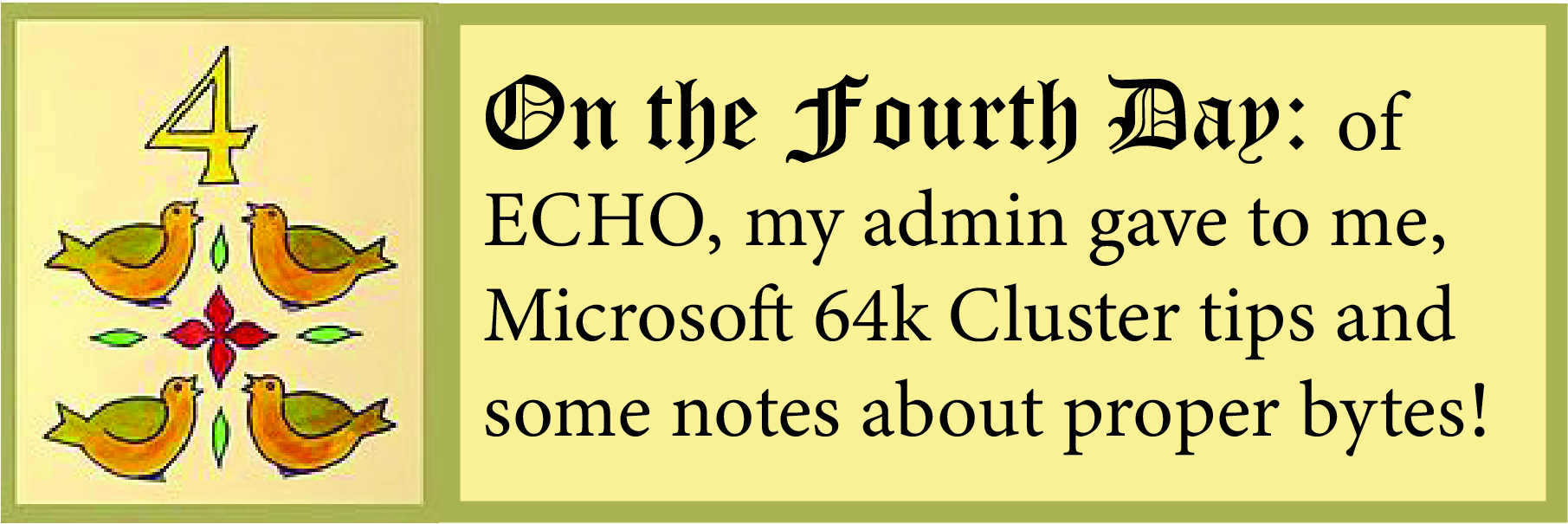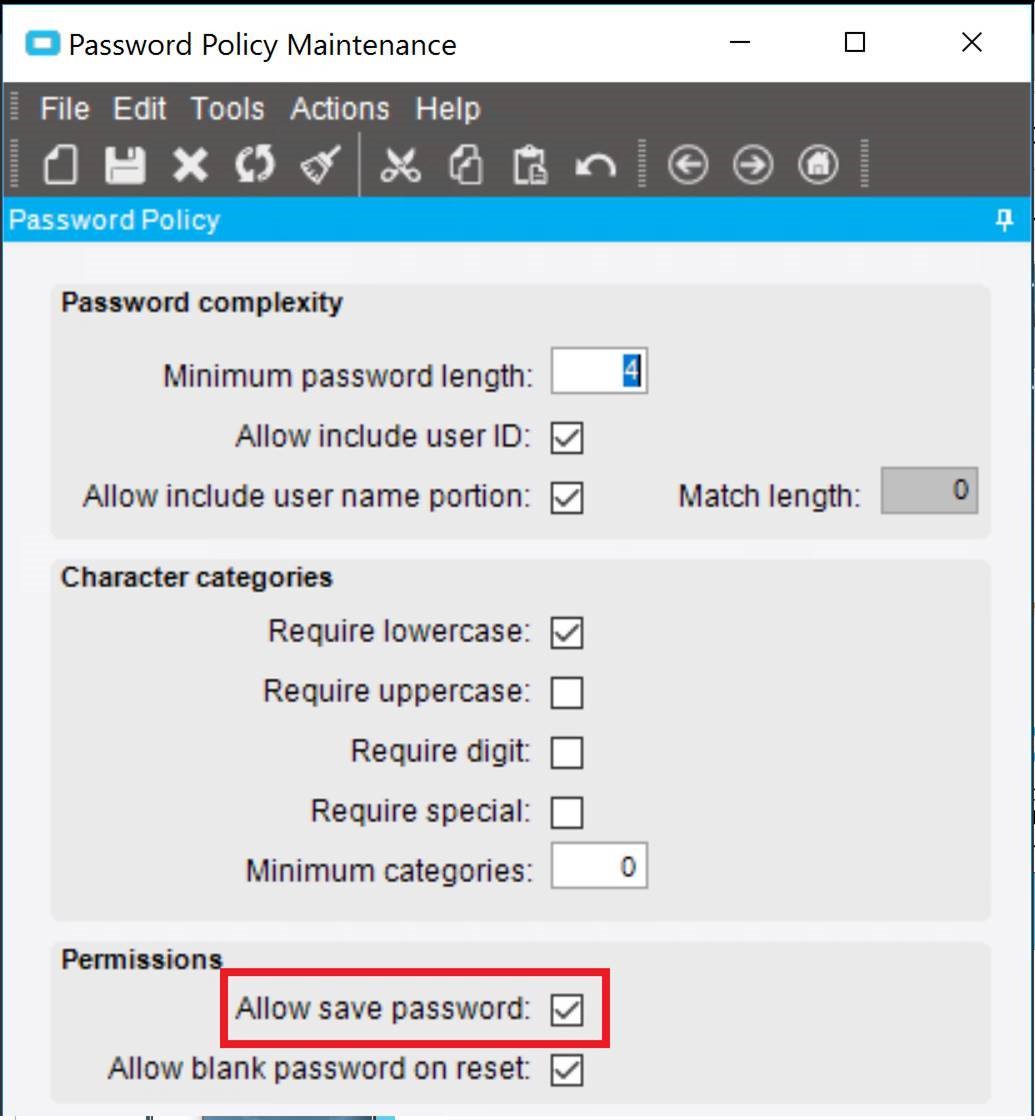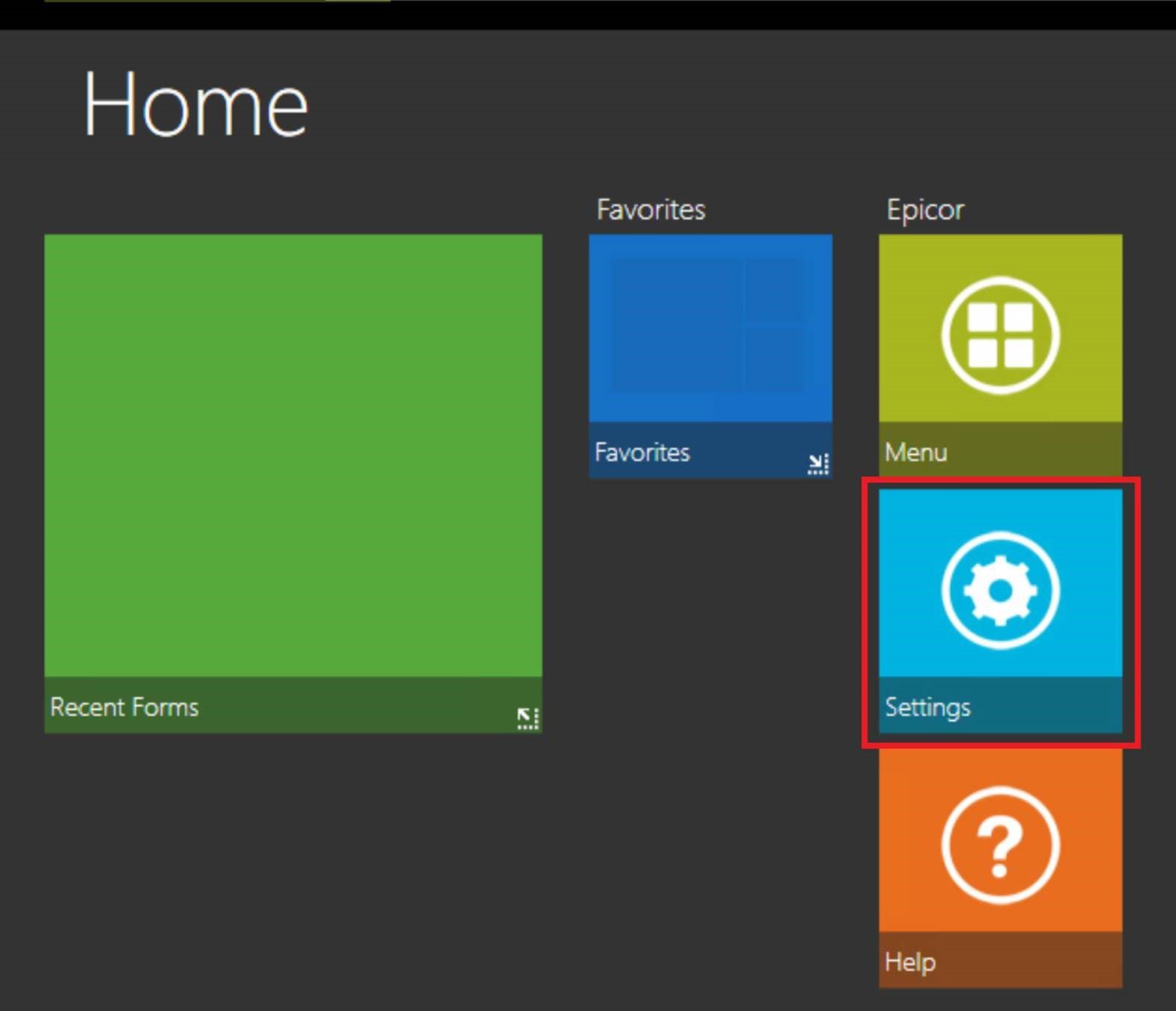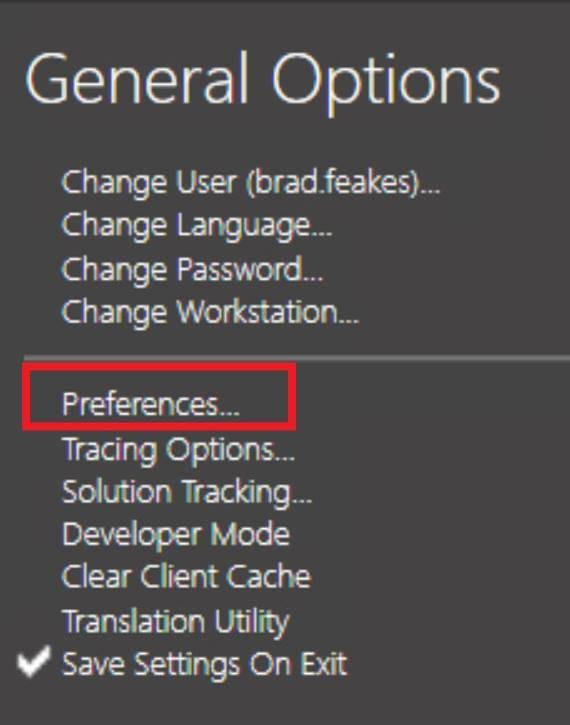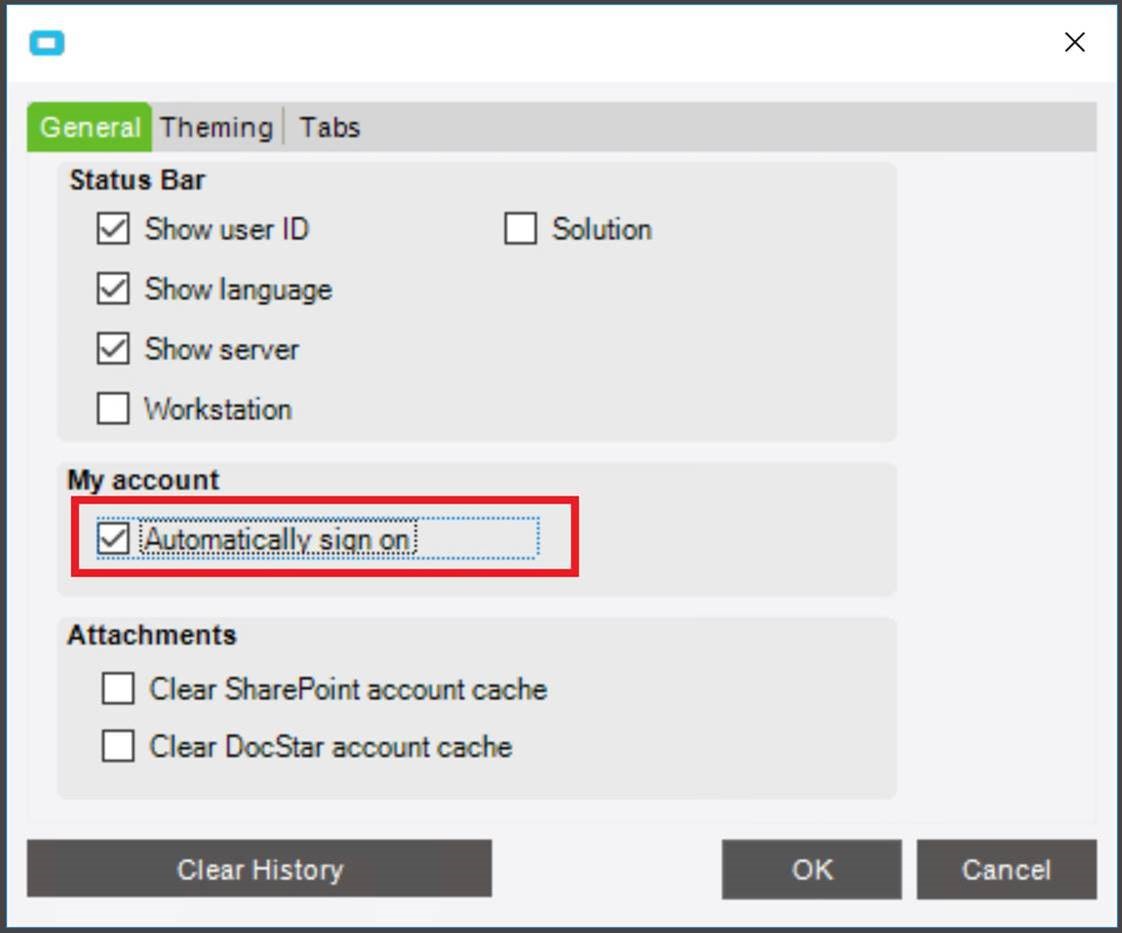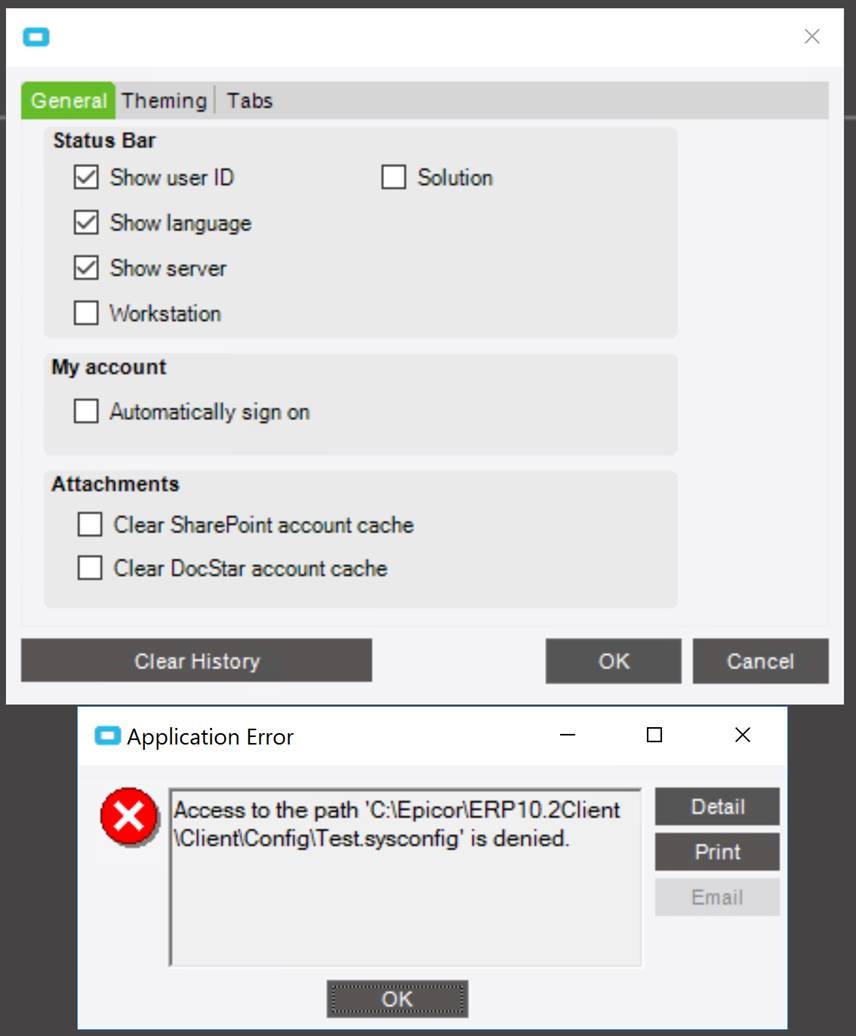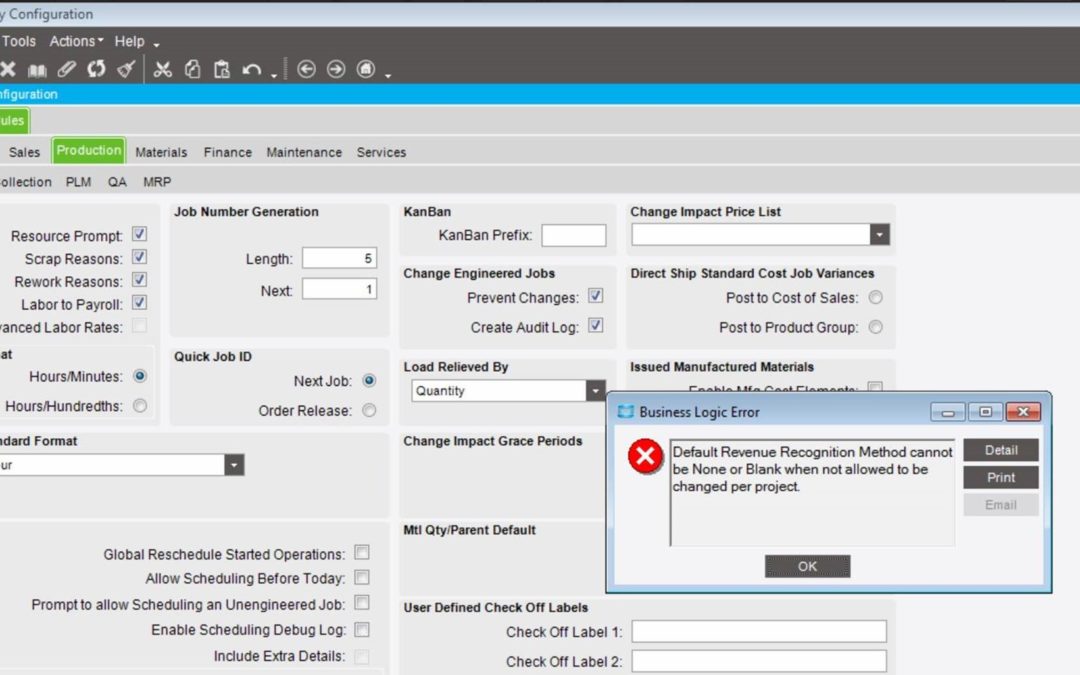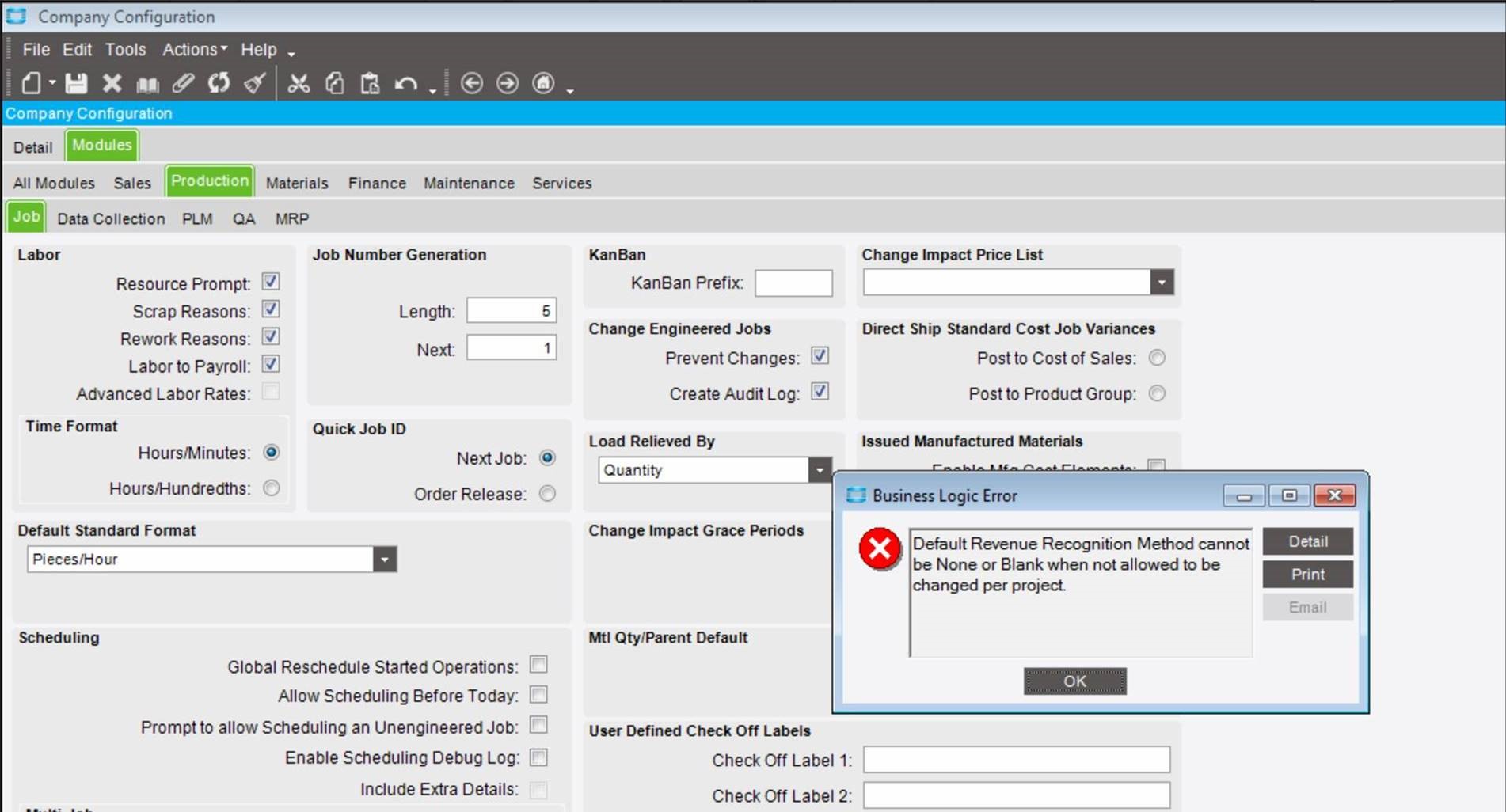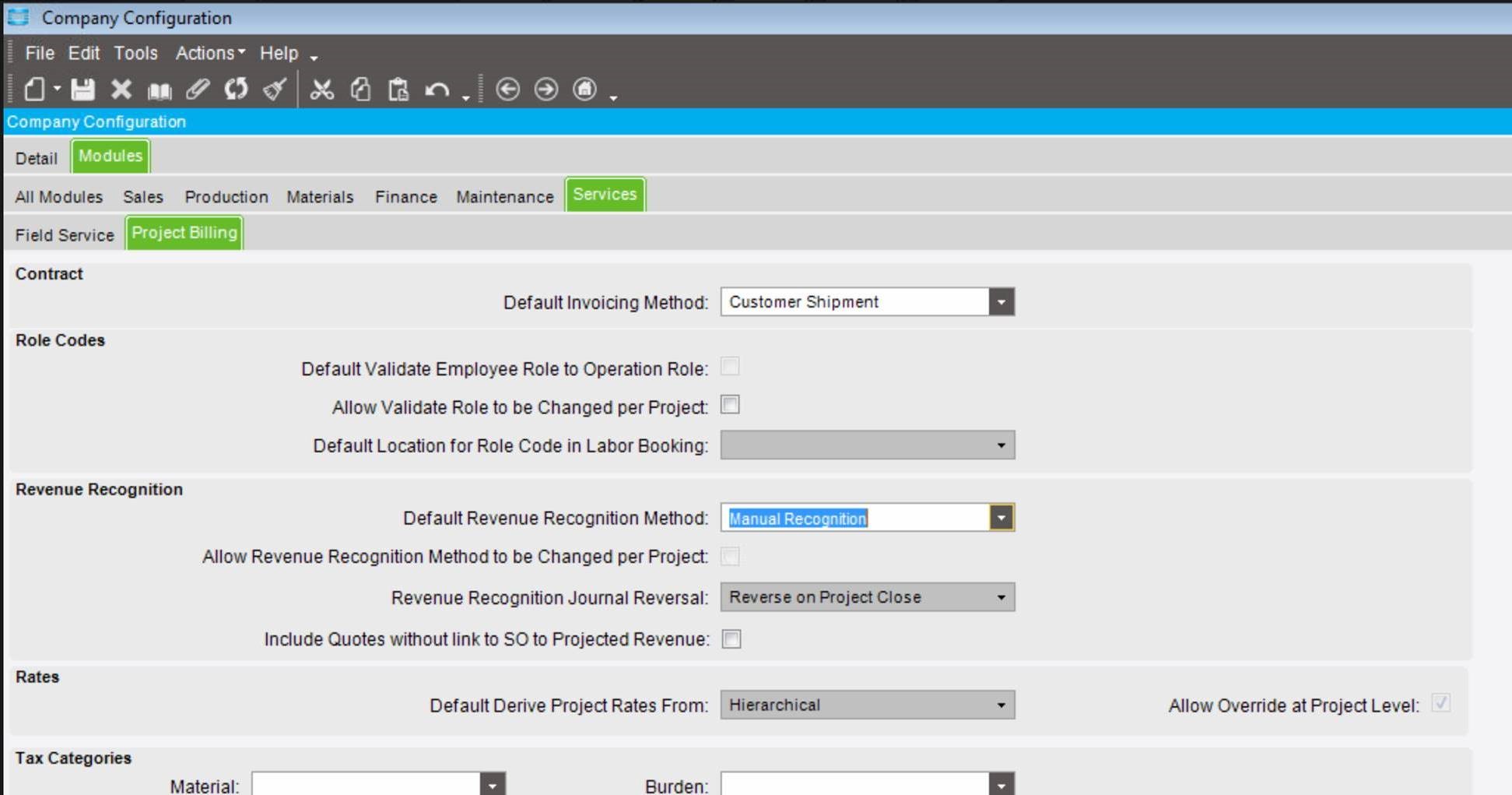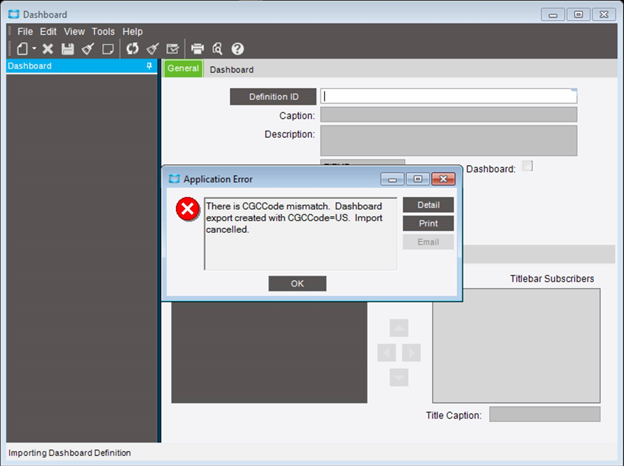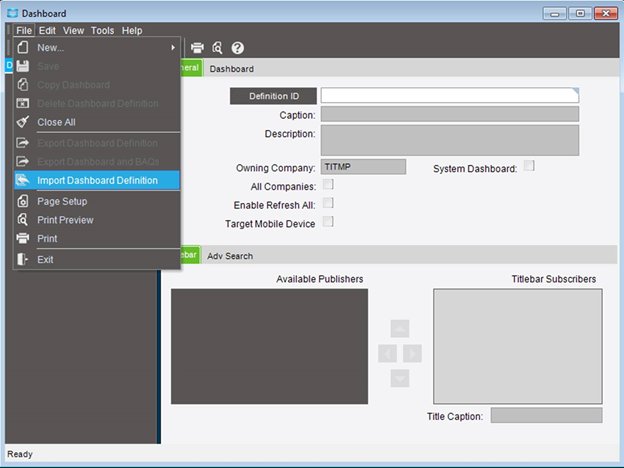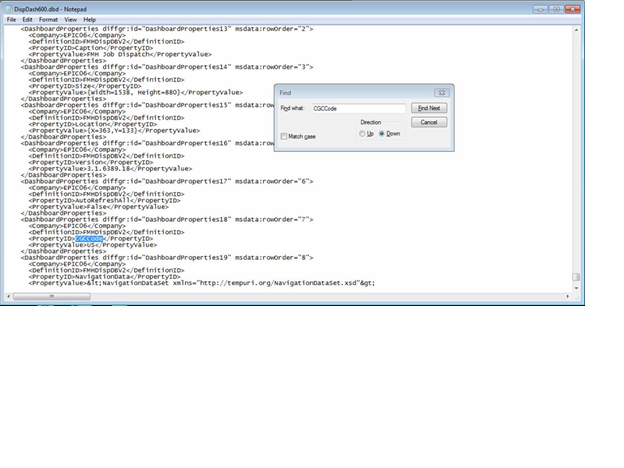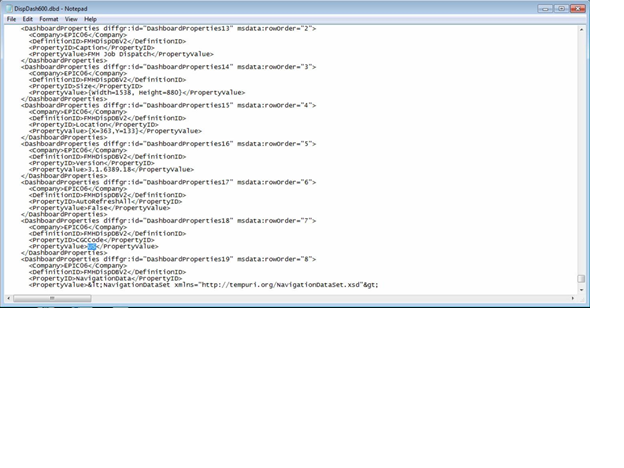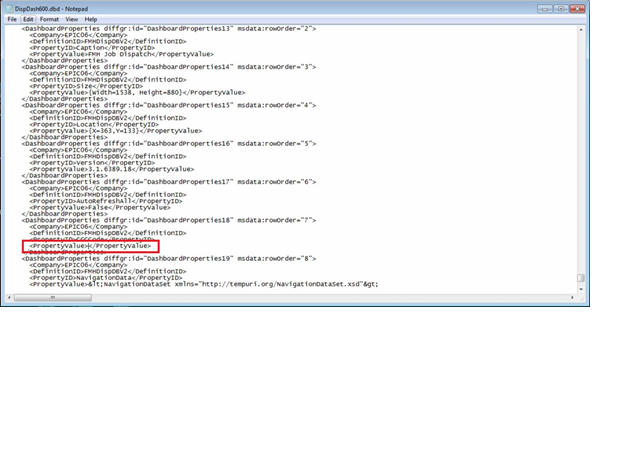
12 Days of ECHO, Fifth Day: My Admin Gave to Me Too Much RAM for My Epicor VM!

Too Much CPU & RAM for Epicor Application Server
Sometimes, more memory is not better. Often, server admins will throw more resources (CPU and RAM) at a server to make it go faster. Check our tidbit on SQL Licensing to see what that might hurt your licensing model, and in general, with SQL, the more RAM the merrier. There is a decreasing return on investment however, and when it comes to your Epicor application server, we often see clients who over-commit resources and cause hypervisor performance issues. Assuming you run in a virtualized world (as most of our clients do), over-committing CPU and RAM can cause the host machine to ‘thrash’ and actually run slower than if you had less resources. For more details, search on NUMA boundaries and “memory ballooning”. Check your Epicor application servers, if they have a lot of unused RAM and low CPU utilization, you might be a victim of over-committing resources.
If you liked reading the “Fifth Day of ECHO” return to our main list to read all of the other “12 Days of ECHO” posts.
Do you have questions or need assistance with your Epicor system? Please feel free to Contact Us and see if we can help get your bits and bytes in order.
[pardot-form id=”856″ title=”Blog Forms Submission”]

